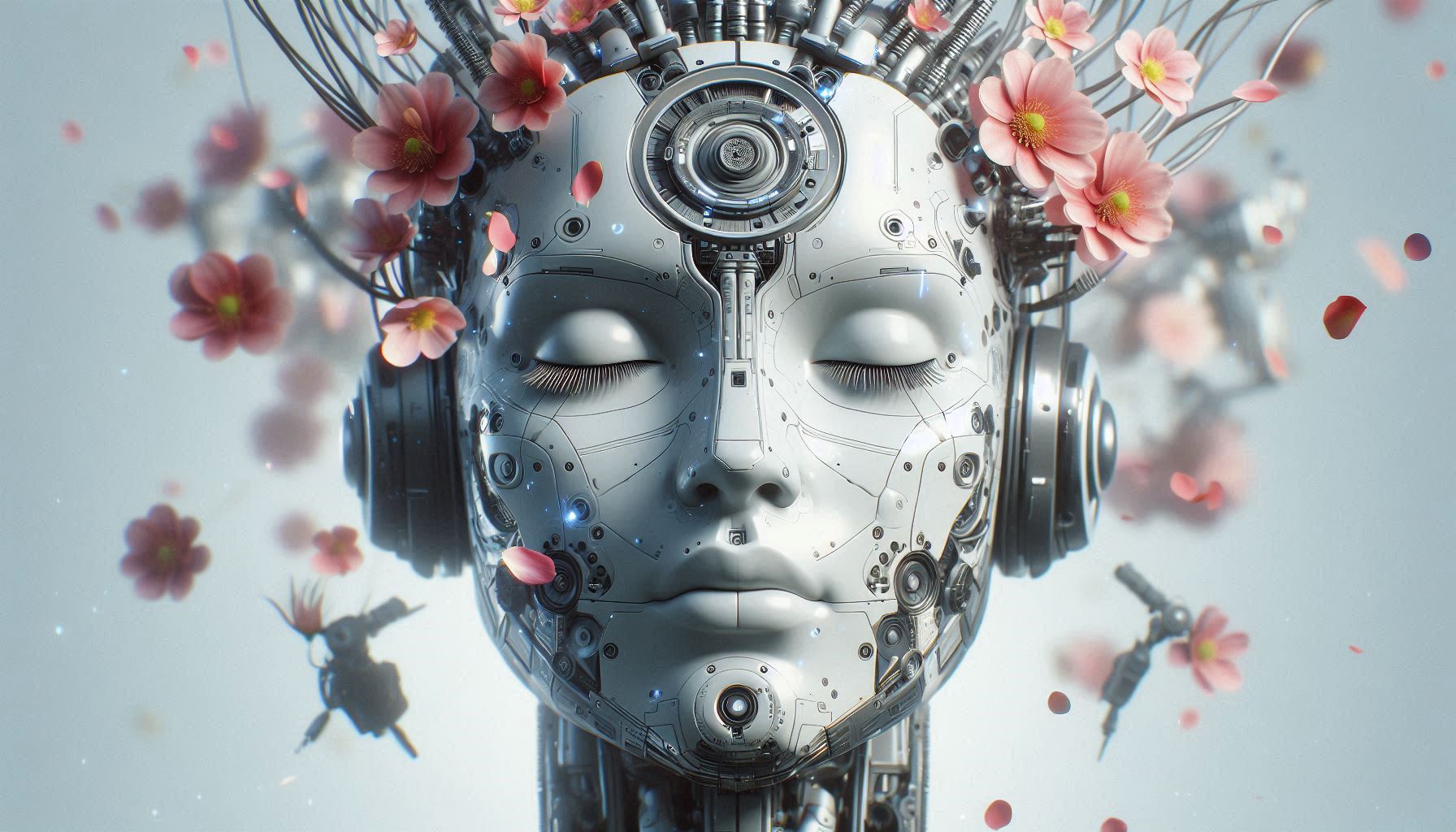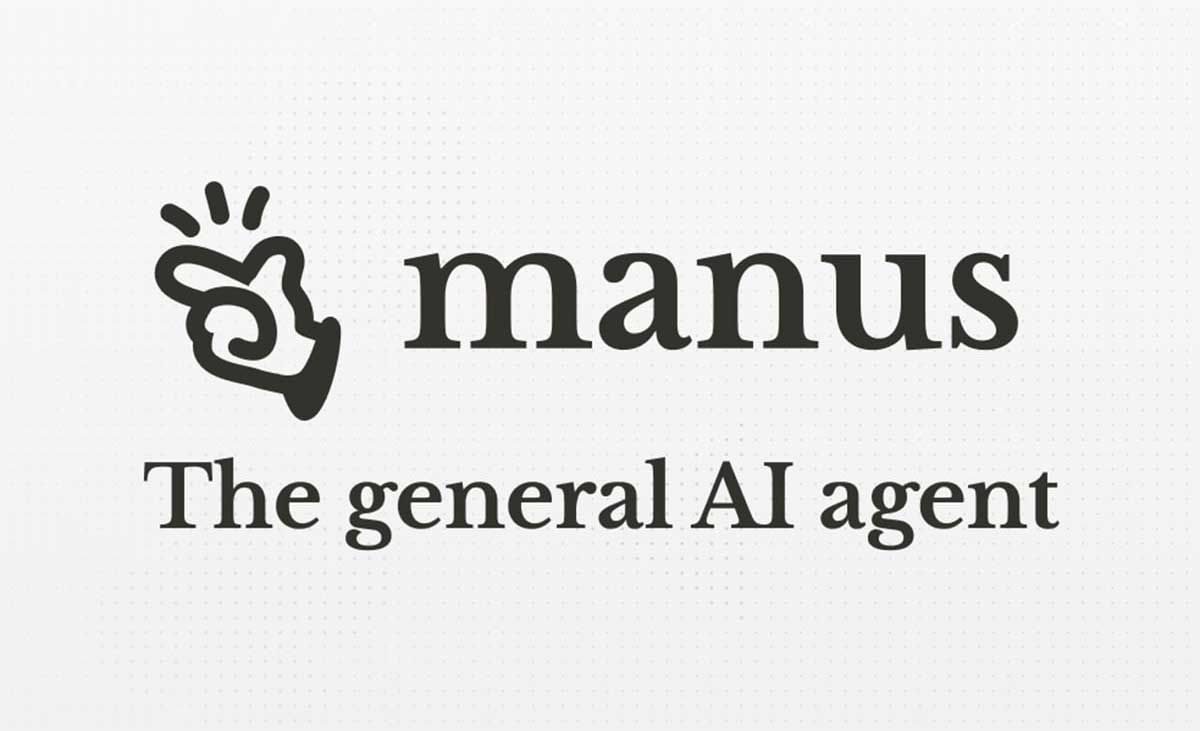From Manual to Magical: How AI-Driven Automation is Streamlining Workflows and Boosting Productivity
In today’s fast-paced, digitally connected world, businesses and individuals are constantly seeking ways to work smarter, not harder. The rise of artificial intelligence (AI) has ushered in a new era of automation, transforming workflows that were once tedious and time-consuming into seamless, efficient processes. From automating mundane tasks to providing deep insights through predictive analytics, AI-driven automation is turning what once felt manual into something truly magical.
This transformation is not just about saving time—it’s about unlocking creativity, enhancing decision-making, and driving innovation. In this article, we’ll explore how AI-driven automation is revolutionizing workflows across industries, boosting productivity, and reshaping the way we work. We’ll also examine the challenges and opportunities this shift presents, as well as strategies for leveraging AI automation effectively.
The Rise of AI-Driven Automation: A Paradigm Shift
Automation isn’t a new concept—it has been a cornerstone of industrial and technological progress for centuries. However, traditional automation relied on rigid, rule-based systems that required explicit programming for every task. AI-driven automation, by contrast, introduces a level of flexibility and intelligence that was previously unimaginable.
Powered by advancements in machine learning, natural language processing (NLP), and computer vision, AI systems can now:
- Understand and process unstructured data (e.g., emails, images, and natural language text).
- Learn from historical patterns to improve over time.
- Make real-time decisions based on contextual information.
This new wave of automation doesn’t just replace manual tasks; it enhances them, enabling workflows that are faster, smarter, and more adaptive.
How AI-Driven Automation is Transforming Workflows
1. Eliminating Repetitive Tasks
One of the most immediate and visible impacts of AI-driven automation is the elimination of repetitive, low-value tasks. Whether it’s data entry, invoice processing, or scheduling meetings, these tasks can be automated with AI, freeing up human workers for more meaningful activities.
- Case Example: Robotic Process Automation (RPA)
RPA tools, like UiPath and Automation Anywhere, use AI to mimic human interactions with digital systems. For instance, they can extract data from emails, populate spreadsheets, or process transactions without human intervention. - Impact on Productivity
By automating routine tasks, employees can redirect their energy toward creative problem-solving, strategic planning, and customer engagement—activities that drive real value.
2. Streamlining Communication and Collaboration
AI-driven automation is also transforming how teams communicate and collaborate, ensuring smoother workflows and reducing bottlenecks.
- Intelligent Email Management
Tools like Google’s Smart Compose and Microsoft’s Outlook AI can draft responses, prioritize messages, and sort emails intelligently, saving workers hours each week. - AI-Enhanced Project Management
Platforms like Monday.com and Asana leverage AI to automate task assignments, send reminders, and predict project timelines. Chatbots integrated with team communication tools like Slack can answer questions, provide updates, and even schedule meetings. - Remote Work Revolution
AI-powered virtual assistants and real-time transcription tools (e.g., Otter.ai, Zoom’s AI features) make remote collaboration seamless, enabling productivity regardless of physical location.
3. Optimizing Decision-Making Through Predictive Analytics
AI isn’t just about doing tasks—it’s about doing them smarter. Predictive analytics, powered by AI, enables organizations to make data-driven decisions with unprecedented accuracy.
- Forecasting and Demand Planning
In industries like retail and manufacturing, AI tools analyze historical sales data, weather patterns, and market trends to predict future demand. This allows businesses to optimize inventory, reduce waste, and avoid stockouts. - Financial Planning
AI-driven analytics tools, such as Tableau and Alteryx, help organizations identify trends, forecast revenue, and uncover inefficiencies. - Healthcare Advancements
In healthcare, predictive analytics is being used to anticipate patient needs, identify high-risk conditions, and personalize treatment plans.
The result? Faster, more informed decision-making that drives productivity and reduces costly errors.

4. Revolutionizing Customer Service
Customer service is one of the most prominent areas where AI-driven automation has made an impact. AI-powered tools are enhancing customer interactions while reducing the workload on human agents.
- Chatbots and Virtual Assistants
AI chatbots, like those powered by ChatGPT, handle routine customer queries, provide instant responses, and operate 24/7. They can resolve issues efficiently while escalating complex problems to human agents when necessary. - Sentiment Analysis
AI tools analyze customer feedback—emails, social media comments, and surveys—to gauge sentiment and identify areas for improvement. - Personalized Customer Experiences
Machine learning algorithms analyze customer data to offer personalized product recommendations, targeted marketing campaigns, and tailored solutions.
These innovations not only improve customer satisfaction but also enable businesses to serve more customers without increasing headcount.
5. Automating Content Creation and Marketing
In the creative domain, AI-driven automation is streamlining workflows for content creation, marketing, and branding.
- AI-Powered Writing Tools
Tools like Jasper, Grammarly, and Copy.ai help marketers and writers generate high-quality content in minutes. From crafting blog posts to writing ad copy, AI can speed up the creative process without sacrificing quality. - Visual Content Creation
AI tools like Canva and Adobe Sensei automate graphic design tasks, enabling non-designers to create professional-quality visuals quickly. - Campaign Optimization
Marketing platforms, such as HubSpot and Marketo, use AI to analyze campaign performance, segment audiences, and optimize ad spending in real-time.
AI doesn’t just automate content creation—it enhances creativity by providing suggestions, analyzing trends, and freeing up time for brainstorming.
6. Transforming Supply Chain and Logistics
AI-driven automation is revolutionizing the complex workflows of supply chain and logistics management, ensuring efficiency and cost savings.
- Route Optimization
AI algorithms analyze traffic patterns, weather conditions, and delivery schedules to determine the most efficient routes for transportation. - Inventory Management
Automated systems predict demand, track inventory levels, and reorder stock when needed, reducing the risk of overstocking or understocking. - Quality Control
AI-powered computer vision systems inspect products for defects during manufacturing, ensuring consistent quality and reducing waste.
7. Enhancing Recruitment and HR Processes
AI automation is transforming human resources (HR) by streamlining recruitment, onboarding, and employee management.
- Resume Screening
AI tools like HireVue and LinkedIn Recruiter analyze resumes and rank candidates based on their qualifications, saving recruiters hours of manual work. - Employee Onboarding
Chatbots guide new hires through onboarding processes, answering questions, and providing resources. - Workforce Analytics
AI tools analyze employee performance data to identify trends, predict turnover, and suggest strategies for improving retention.
By automating these processes, HR teams can focus on building stronger relationships with employees and fostering a positive workplace culture.
Challenges of AI-Driven Automation
While the benefits of AI-driven automation are undeniable, its adoption is not without challenges. Organizations must address several key issues to maximize its potential.
1. Bias in AI Algorithms
AI systems are only as good as the data they are trained on. If training data contains biases, AI tools may perpetuate or amplify these biases, leading to unfair outcomes in areas like recruitment or decision-making.
2. Workforce Displacement
Automation inevitably raises concerns about job displacement. While AI creates new opportunities, it also eliminates certain roles, requiring workers to reskill and adapt to new workflows.
3. Cybersecurity Risks
AI systems often require access to sensitive data, making them attractive targets for cyberattacks. Organizations must invest in robust security measures to protect their AI-driven workflows.
4. Implementation Costs
While AI tools can deliver significant ROI, the upfront costs of implementation, training, and integration can be prohibitive for smaller organizations.
Strategies for Leveraging AI Automation Effectively
To harness the full potential of AI-driven automation, organizations must take a strategic approach:
- Identify Pain Points
Begin by identifying repetitive, time-consuming tasks that can be automated. Prioritize workflows where automation can deliver the greatest impact. - Invest in Training and Reskilling
Equip employees with the skills they need to work alongside AI tools. Emphasize the value of human-AI collaboration. - Start Small and Scale Gradually
Begin with pilot projects to test AI tools and measure their impact. Once successful, scale automation initiatives across the organization. - Ensure Ethical AI Use
Implement safeguards to address bias and ensure transparency in AI decision-making. Establish policies for responsible AI usage. - Foster a Culture of Innovation
Encourage employees to embrace AI as a tool for empowerment, not replacement. Highlight success stories and celebrate wins.
The Future of Work: A Blend of Human and Machine
AI-driven automation is not about replacing humans but augmenting their capabilities. By automating mundane tasks, AI allows workers to focus on higher-value activities that require creativity, empathy, and critical thinking. The result is a more productive, innovative, and fulfilling work environment.
In the future, we can expect AI automation to become even more integrated into our daily workflows. As technology advances, AI systems will become increasingly intuitive, adaptable, and accessible, empowering individuals and organizations to achieve more than ever before.
Conclusion
AI-driven automation is transforming workflows across industries, turning the manual into the magical. By eliminating repetitive tasks, optimizing decision-making, and enhancing collaboration, AI is unlocking new levels of productivity and innovation. However, to fully realize its potential, organizations must address challenges like bias, workforce displacement, and cybersecurity risks.
As we embrace this new era of automation, the key to success lies in striking a balance between human ingenuity and machine intelligence. By leveraging AI responsibly and strategically, we can create a future of work that is not only more efficient but also more meaningful and rewarding.



